Lois Ehrmann – 2-Day Certification Course: Trauma and Attachment Treatment for Children and Adolescents
$439.99 Original price was: $439.99.$87.00Current price is: $87.00.
[Instant Download] – You will receive instant download access after the purchase
- Faculty:
- Lois Ehrmann
- Duration:
- 12 Hours 3 Minutes
- Format:
- Audio and Video
- Copyright:
- Jan 16, 2020
Description
Handouts
| Manual – Trauma and Attachment Treatment for Children and Adolescents (39.31 MB) | 198 Pages | Available after Purchase | |
| CATP Certification Details |
Outline
Attachment Theory and Attachment Therapy
- Recent influences in attachment theory and therapy
- Attachment importance in the development of the healthy individual
- Attachment styles vs. disorganized attachment
- Neuroscience supporting bottom-up therapeutic strategies
- DSM-5®: Classification of trauma and stressor-related disorders
Neurological Impact of Trauma and Attachment
- How the research informs treatment
- Trauma is stored/stuck in the right hemisphere
- Chronic activation of the fight/flight/freeze response (Amygdala issues)
- The reason for the stuckness
- Cortisol and its impact on cognitive impairment
Indicators of Trauma and Attachment Disruption
- Common diagnostic mistakes
- Characteristics of the children and adults
- View attachment as a continuum
Assessments for Trauma and Attachment Wounds: Case Studies and Video Sessions
- Protocol to assess the strength and health of the parental/caregiver system
- Most effective scales, measures and instruments
- Methods to explain the internal working model of the child to the parent/caregiver
- Diagnostic considerations/Differential diagnosis
- Complex Trauma, Complex PTSD, Developmental Trauma, Disorganized Attachment, Reactive Attachment Disorder
Translate Trauma and Attachment Goals into SMART Objectives
- Core treatment goals
- Relational factors between client/therapist and child/parent/caregiver
- Dismantling the individual’s unhealthy negative internal working model
- Increase the level of affective mastery
- Reduce distancing defenses
- Increase attachment within healthy relationships and for adults with their own children
- Containment of rage, anger and pain so that resolution can occur
- How to operationalize goals into measurable objectives
The Integrated Attachment and Trauma Timeline Strategy (IATTS): Help Children and Families Unpack Their History
- A guide to move from assessment to treatment
- Techniques to clarify and construct the client’s cohesive narrative
- Methods to “chunk” overwhelming and disorganized historical material
- Integrates with evidence-based treatment modalities
- Eye Movement Desensitization Reprocessing (EMDR)
- Internal Family Systems (IFS)
- Attachment-Focused Family Therapy
- Bibliotherapy
- Expressive Therapies and Somatic Psychotherapy
TECHNIQUES WITH CASE STUDIES: PUTTING IT ALL TOGETHER WITH PRACTICE TIME!
A Child Who Had No Safety
- A view of Attachment-Focused Family Therapy
- Healthy vs. disrupted attachment/bonding cycle
- Intersubjectivity and Attunement: What being in sync does/does not look like
- PACE: Playfulness, Acceptance, Curiosity and Empathy
- Co-regulation of affect and co-creation of experiences
When Traumatized Children are Broken into Many Parts
- Secure vs. anxious and avoidant attachment styles
- Disorganized attachment: Recognize the signs
- How attachment impacts parent-child dyads
- Integrate IFS into Attachment-Focused Family Therapy
- Parts work through sand tray, art strategies and puppetry
Full of Rage with No Where to Go
- Integrate EMDR into Attachment-Focused Family Therapy
- Teach parents and children resource tapping and positive self-talk
- Use tapping as part of imaginal nurturing
- Calming and self-regulating strategies from EFT
- Naming feelings with bilateral drumming
Parts that Children Wall Off
- Terrified of being terrified
- The freeze of the fight-flight-freeze trauma response
- Help children understand their own thoughts, feelings, behaviors and experiences
The Rage that Comes from Physical Abuse
- When children reenact the trauma of abuse
- See the positive intention in all parts
- Teach compassion, curiosity, calmness and connectedness through expressive therapies
When Parents and Children Both Have Activated Parts
- Activation Parts Map: Z-Process
- Naming and witnessing the activated parts
- Helping the parts understand each other
Protecting Sibling and Self in Foster Care
- Protector parts activity/worksheet
- Teach children to use their inner imagination to work with their part
- Transform terror into trust
Repair the Fracture with Adoptive Parents
- Clarify the trauma and negative internal working model
- Parts mapping: Teach parts concepts to children and parents
- Integrate Bibliotherapy into IFS
- Assist parents how to engage in self-led parenting
Other Trauma-Specific Evidence-based Treatment Modalities
- What they are used for and why clients seem to respond well
- Sensorimotor psychotherapy
- Mindfulness-based approaches including breath work and imagery
- Biofeedback and EEG Biofeedback
- Limitations of the related research and risks of each approach
Faculty

Lois Ehrmann Related seminars and products: 5
The Individual and Family Choices program
Lois Ehrmann, PhD, LPC, NCC/ACS, is the founder & executive director of The Individual and Family Choices Program in State College, Pennsylvania. She has over 32 years of professional counseling experience and over 18 years of clinical supervision experience. She holds the following credentials: Clinical Supervisor (ACS) & National Certified Counselor (NCC), Registered ATTACh Clinician, Certified Attachment Focused Family Therapist, Certified IFS (CSL) Therapist, Certified EMDR Clinician & Approved Consultant (EMDRIA), and Certified Trauma Specialist (CTTS).
She is also an affiliated assistant professor at Penn State University in the Department of Counselor Education & Supervision since 2004. In the most recent years of teaching she has focused on skill development in masters level counselors and clinical supervision skills for doctoral level professional helpers. Lois is a sought after clinical supervisor in her geographic area and thoroughly enjoys teaching and mentoring new clinicians.
Speaker Disclosures:
Financial: Lois Ehrmann is founder and executive director of The Individual and Family CHOICES Program. She receives a speaking honorarium from PESI, Inc.
Non-financial: Lois Ehrmann has no relevant non-financial relationship to disclose.
Delivery Method
– After your purchase, you’ll see a View your orders link which goes to the Downloads page. Here, you can download all the files associated with your order.
– Downloads are available once your payment is confirmed, we’ll also send you a download notification email separate from any transaction notification emails you receive from IMC.sale.
– Since it is a digital copy, our suggestion is to download and save it to your hard drive. In case the link is broken for any reason, please contact us and we will resend the new download link.
– If you cannot find the download link, please don’t worry about that. We will update and notify you as soon as possible at 8:00 AM – 8:00 PM (UTC+8).
Thank You For Shopping With Us!
Be the first to review “Lois Ehrmann – 2-Day Certification Course: Trauma and Attachment Treatment for Children and Adolescents” Cancel reply
Related Products
Medical & Health
Medical & Health
Lois Ehrmann – Staying Calm in the Midst of the COVID-19 Storm
Medical & Health
Personal Development

![[Audio Download] CC11 Workshop 11 - The Double Flame: Reconciling Intimacy and Sexuality - Esther Perel](https://imc.sale/wp-content/uploads/2022/02/Audio-Only-CC11-Workshop-11-The-Double-Flame-Reconciling-Intimacy-and-Sexuality-Esther-Perel-MA-LMFT-100x100.png)
![[Audio Download] BT08 Short Course 13 - Working with Children on the Autism Spectrum: Brief Therapy Approaches in Long Term Therapy - Diane Yapko](https://imc.sale/wp-content/uploads/2022/02/Audio-Only-BT08-Short-Course-13-Working-with-Children-on-the-Autism-Spectrum-Brief-Therapy-Approaches-in-Long-Term-Therapy-Diane-Yapko-MA-100x100.png)
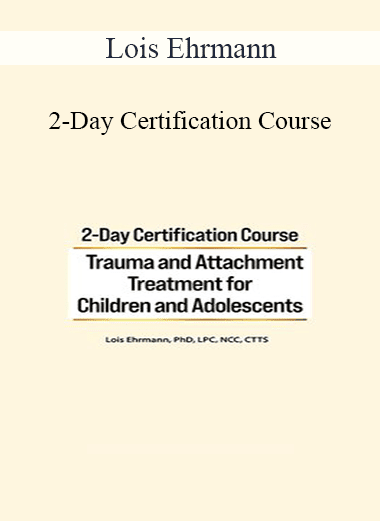
![[Download Now] Lois Ehrmann - Intensive 2 Day Course: Clinical Supervision](https://imc.sale/wp-content/uploads/2022/02/Lois-Ehrmann-Intensive-2-Day-Course-Clinical-Supervision-imc.png)
![[Download Now] Intensive 2 Day Course: Clinical Supervision-Confidently Address Difficult Issues and Build a Foundation for Success – Lois Ehrmann](https://imc.sale/wp-content/uploads/2022/02/Intensive-2-Day-Course-Clinical-Supervision-Confidently-Address-Difficult-Issues-and-Build-a-Foundation-for-Success-–-Lois-Ehrmann.jpg)
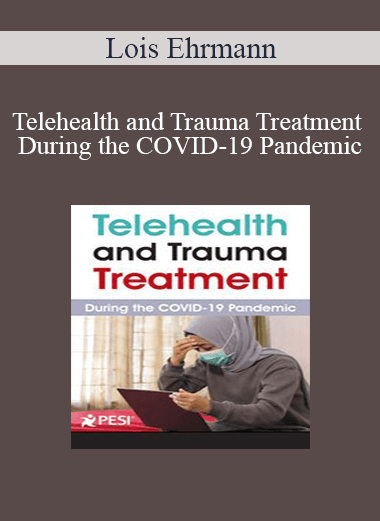
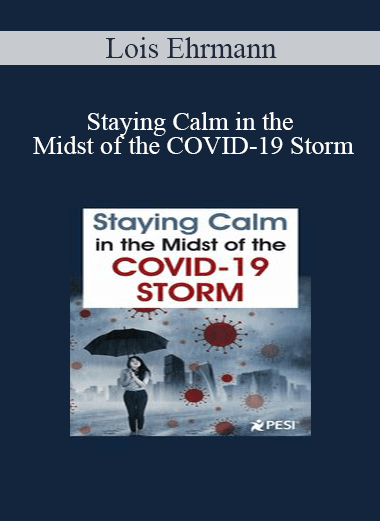
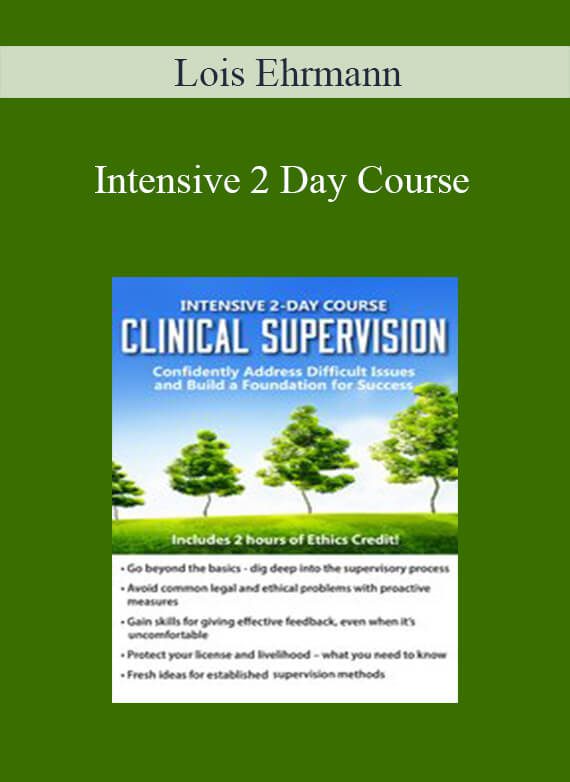
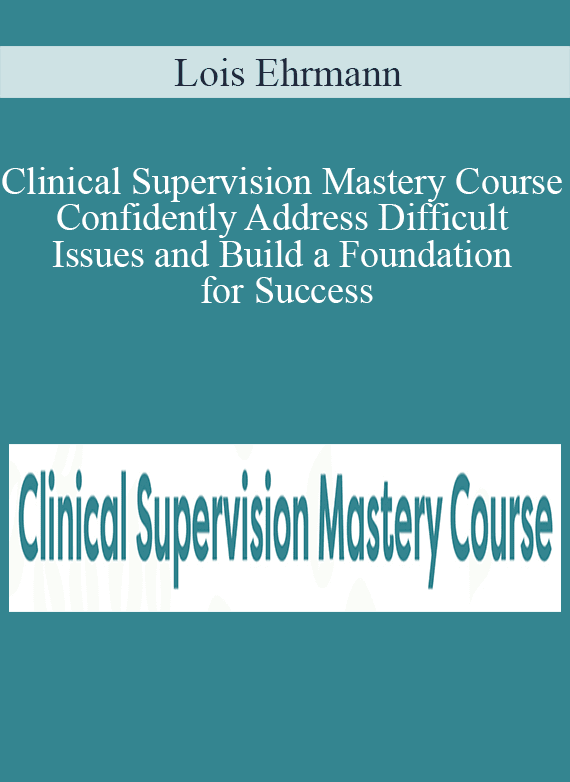
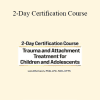
7 reviews for Lois Ehrmann – 2-Day Certification Course: Trauma and Attachment Treatment for Children and Adolescents
There are no reviews yet.